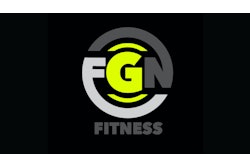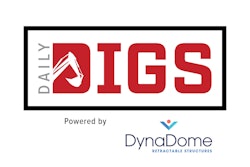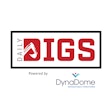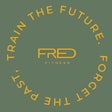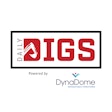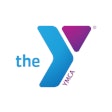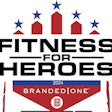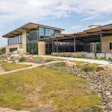A new business organizational model could bring some big changes to the fitness industry.
At the International Health, Racquet and Sportsclub Association's international convention held this past March in San Diego, facility operators had the opportunity to hear from one of the business world's most esteemed and dynamic business experts, Kjell Nordstrom, co-author of Funky Business, Funky Business Forever and Karaoke Capitalism. Nordstrom, along with his co-author Jonas Ridderstrale, have been at the forefront of sharing a new business paradigm for the 21st century: something they affectionately refer to as "Funky Business."
New Organizational Model For Business
According to Nordstrom and Ridderstrale, the age of operating a business under the usual hierarchy model (e.g., the organizational pyramid with the boss on top) is over. They believe that organizations that follow this outdated leadership model will be like the dinosaurs, and will slowly become extinct. They propose that the new leadership model for the 21st century will be "heterarchial," featuring an organizational structure that is based on multiple hierarchies of different kinds, each built around positions, professions and processes. This multiple heterarchial approach to organizational leadership will never be dominated by one person, but, rather, will be influenced significantly by professional hierarchies based on the skills and competencies of people, and process hierarchies (e.g., activities without borders and projects without borders).Benefits Of The New Business Model
According to the authors, this new heterarchial model for organizational leadership has some critical features:1. It's smaller. In this instance, smaller means more nimble, more easily able to adapt and change, and more easily able to have an organization where the people know and respect each other. The days of having an expansive corporate office with a CEO, COO, CFO, CDO, VP of Marketing, etc., along with the corporate "gophers" whose jobs are to perform the "accountable work" is history. If a fitness facility manager or fitness director does not know who the VP of marketing is and how that person's role integrates with theirs, then the organizational structure of that business is too large.
2. It's flatter. It used to be that flatter meant eliminating the middle levels of the organization (e.g., eliminating regional positions and/or all positions not at the senior level or leading a fitness center). In a Funky Business, flatter refers to using the best talent in the middle as a value-added link between the field and the head office, and then using them to propel the business' vision into results, and results into vision. As such, this process might be referred to as leading from the middle. In turn, flatter involves creating greater accountability at both the top and the bottom of the organization, and leveraging the middle to help the organization bring vision and action together. From an organizational perspective, flatter is somewhat like removing the "fat" from the top and bottom, and then making sure that the middle is prepared to connect them both.
3. It's temporary. Jobs in this new model will involve working in groups and on projects. In this regard, employees of the Funky Club will not have a specific job description; rather, they will either work at different times on distinct projects, or be involved in multi-disciplinary teams. Furthermore, club employees and corporate employees will no longer have the security of knowing what their job is each day. Instead, they will become like actors, serving different roles, following separate but unified scripts and responding to different directors. As a consequence, fitness organizations will need to find ways to bring employees with different backgrounds and competencies together to focus on accomplishing projects that benefit the entire organization. Instead of a group exercise director in the traditional role, the responsibilities may be handled by a group exercise team composed of a group exercise instructor, accountant, salesperson and receptionist.
Differentiation of jobs and duties won't last long. Change will need to occur, and everyone will move on to new roles and new projects. For example, ClubCorp had a national athletic committee and a national tennis committee. These committees then worked with other groups in smaller task teams to implement and execute specific initiatives, such as club audits, employee education, etc.



















